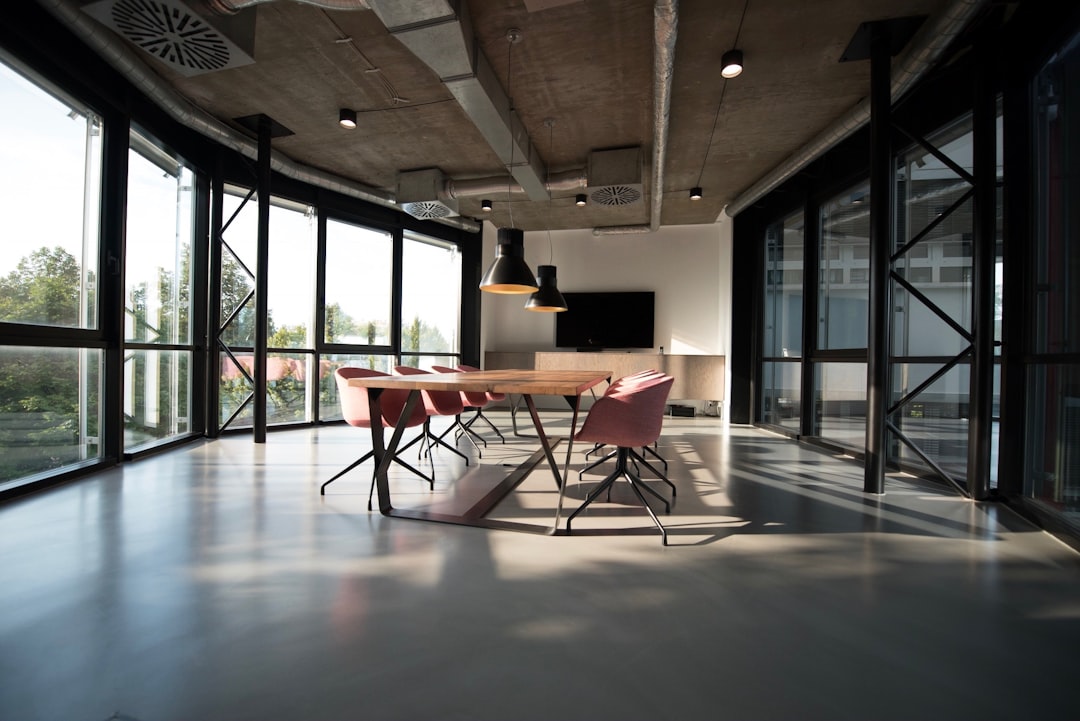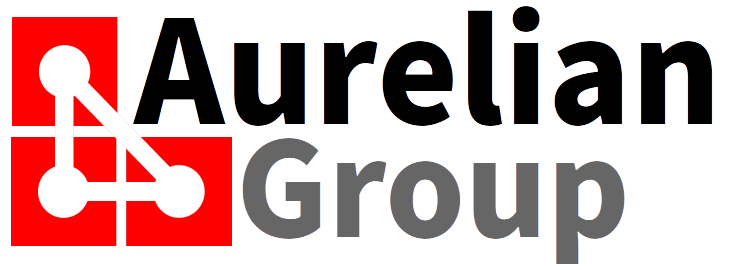The COVID-19 crisis is affecting us all. We will also get through it. So far, we have survived at least two cataclysmic impacts (Younger Dryas), super-volcano eruptions (Toba), various forms of plague, and the Spanish Flu - and we survived all that without the wonders of modern technology or medicine. COVID-19 will be beaten, but there also will be lasting change in the way we work and live.

Changing habits regarding travel and commute
Businesses are now allowing/forcing people to work from home. For some businesses (the ones that made the move to the cloud before the outbreak) it is easier than for others (that heavily rely on on-premise servers or dedicated secure connection between the business premises and the data-centre). To make remote working on a large scale successful, it is more than just having access to the software, it is a new way of establishing expectations, collaborating, and measuring productivity. Businesses are forced into the deep-end of the pool with this crisis -and it is very likely that productivity will recover as people learn to work in the new paradigm. It is likely that a significant portion of businesses figure out how to do this successfully, and therefore use this opportunity to introduce this as a permanent structure for a portion of the staff.
When the recovery begins (yes... it is a WHEN, not an IF) - businesses will still struggle to recover the losses, and every dollar saved on fixed costs can be contributed to recovery and growth. If you have 20% less people in your office, you can down-size your real-estate and associated costs. If you and your customers have been building the "muscle memory" for teleconference meetings, you save on travel related expenses. This goes for local commute, as well as inter-state and international business travel. Of course, this will not be a reduction to zero - but just a reduction of 20% will have significant onflow effects.
There will be winners and losers with this change. Let me list a few here:

Commercial real-estate
If the drop in demand for office space persists, it will translate into a supply surplus. That surplus may be offset by economic growth beyond the demand PLUS the increase in percentage of people working from home. For example - the demand dropped 5% due to economic contraction, plus another 20% due to working remotely - that is how much the economic growth will need to compensate prior to the commercial real-estate demand matching the levels prior to the crisis. Shared office spaces are affected by this in an accelerated manner - with long term lease of the space by the shared office supplier - and the short term contracts to their clients. Unless they offer other value that can be monetised even without the office space being occupied, there are significant consequences for this industry.

Travel and Transportation
Imagine the impact of building a habit of working and meeting remotely- again, let's assume 20% is lasting beyond the current crisis. This means 20% less office commuters in cars or on the train during peak hours. This has a significant effect on congestion, but also on governments and private companies that rely on income from road-tolls, fuel and fuel excise, train fares, airport use levies and charges, airplane use and maintenance revenues, and the hospitality sector that has a significant portion of income from the business traveller.
The flipside is that we may see an increase in goods transport - in particular smaller deliveries to more distributed locations (as they include the home-offices as well as the main office buildings.

Manufacturing and supply chain
The current crisis has exposed strategic and tactical weaknesses in the supply chain. The heavy push towards globalisation and cost based sourcing has allowed everyone to grow and make a decent profit, whilst keeping the prices low. However, it has now been shown that the supply chain has weak points that break the entire chain. Certain manufacturing will be brought back to the local shores as a matter of strategic and security importance. Other manufacturing will see a supply chain diversification. For local businesses, there is opportunity to bring manufacturing back to the country. Australia is a great example where the manufacturing sector has been systematically eroded by cost cutting via outsourcing, and in a large part incentivised by a de-merit government policy (intentional and some non-intentional - the result is that Australia is not competitive on the global manufacturing market). Necessity brings opportunity to rekindle manufacturing in Australia (and countries in a similar situation).
Infrastructure and utilities
The demand for telecommunications and the power grid is likely to increase as a result of the current crisis. In Australia, we have a high-cost, low capacity network for both telecommunications and electricity. The former is partly due to the demographics and spread across the vast land-mass, and partly due to the government taking a long-term monopoly stake in a National Broadband Network. All mobile phone carriers are showing significant strain (with drop-outs) under the increased loads, and the NBN has never been the shining star when it comes to customer satisfaction. This market needs to be opened up to cope with the additional demand - increased costs on the short term would not be un-expected.
Both generation and distribution of electricity has been a significant challenge in Australia where it comes to cost as well as reliability of the network. The vast majority of issues are caused by de-merit policies on coal, without an alternative to deliver base load demands (the challenge with the renewable strategy - other than the cost, is the lack of base load predictability). There is no question that we want to keep the air and environment clean. However, to deal with the post-COVID-19 demands to grow back to prosperity demands a different strategy on energy if we want to bring a portion of the manufacturing back.

Professional Knowledge Services
Professional services - especially knowledge based services - has been in latent transformation for the last few years. The so-called gig-economy has been slowly transforming how we engage with professional services providers. The current climate of quarantines, lock-downs, and self-isolation has put an accelerator on this transformation.
Take for example the implementation of new systems - the traditional model would see a group of consultants, project managers, business analysts and other experts collaborate from one or two locations. With the forced isolation, clients are now seeing how inefficient, and overall ineffective this method is. At Aurelian Group we have been working remotely - serving our local, regional, and international clients - for two years now. In our experience, the method to do this successfully and economically is via a managed services engagement - for a fixed fee per month, the client receives the software, the implementation, maintenance, support and enhancement of the solution. By sizing the plan to the organisation, the velocity of delivering functionality is matched to the business needs, budget, and ability to absorb change.
As such - the industry is forced through a transformation, those that can do this efficiently, and deliver to their clients without increased overhead, will come out ahead. The others will not be competitive in the market. COVID-19 did not cause this transformation - but it did accelerate it.
